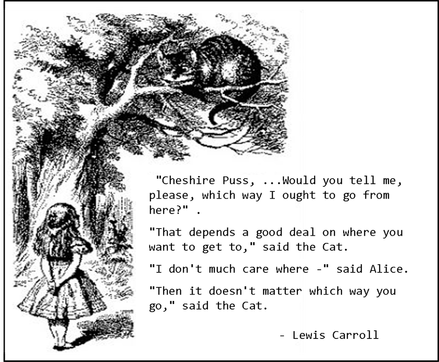Mission: Impact podcast & blog
Build a better world without becoming a martyr to your nonprofit cause
Listen on:
|
One of the most common mistakes is to start too small. Thinking you want to keep the process under control, senior management and the board often starts with themselves. These two groups have a pivotal role in strategic planning but its better if you shift their biggest involvement to later in the process. The traditional processTraditionally, the entire process is held by a small leadership group. A few key players may be interviewed. A survey could be used to gather information from a wider set of stakeholders. The small leadership group has a retreat and comes up with a draft plan. They then ask for input from their stakeholders. This feels efficient and manageable. Yet the stakeholders who are asked for input after the major work has been done are likely to feel like this is a proforma request. Even if the document says “draft”, it usually feels like there is not a lot of room for change. As a result, the feedback you receive is often superficial. You may even disengage your stakeholders rather than get the ‘buy-in’ you are seeking. Flip the script Instead flip the script and start big. Identify your key stakeholders and gather as many representatives together as possible. Bring them together for a 1-2 day summit. You may not believe it, but you can have over 100 people in the room and still have a productive conversation. With the support of dialogue technology, you can have even larger meetings – up to 1000 people participating – and have a productive conversation. Everyone does not have to be in the room as there are ways to engage people online as well. Some tips include:
Inviting anarchy? Sounds like anarchy? With a good meeting design, it is highly energizing for both the stakeholders and the leadership. Bringing people into the process early helps them feel heard. They feel like they have a real chance to influence the end result. You are engaging them before the major goals of the plan are selected. Time to prioritize The small leadership group now makes meaning of the information generated in the larger session. They shape it into a strategic plan, aiming for a few major organizational goals. By flipping the script and starting large, you have the benefit of many people’s thinking, you help them feel heard and your small leadership group still shapes the final product.
Thinking of engaging in a strategic planning process with your organization and want to learn more? Get in touch with me for a complementary coaching session. Some have argued that strategic planning is dead. They argue that the world moves too fast and changes too quickly to make planning meaningful. In today’s “VUCA” – volatile, uncertain, complex and ambiguous – a world characterized by disruption - you just cannot plan for the future. They point out that the practice of long-term planning rose to the forefront during the 50s and 60s when the rate of change was slower. Reactivity  Certainly the rate of change may seem dizzying today. Or perhaps it is the rate and volume of information coming at us that makes it seem like everything is moving too fast (but that is another topic altogether). Yet I would contend that without planning–especially longer term strategic planning or strategic thinking—you leave your organization prone to either business as usual or staying caught in a cycle of reactivity. Predicting the Future? Strategic planning does not enable you to predict the future. I think there is a hidden assumption that in order to do strategic planning effectively you have to somehow know the future. This trips people up. Even futurists cannot accurately predict the future though they spend their professional lives watching trends and making educated guesses. What is strategic planning? I like Allison and Kaye’s definition: “A systematic process through which an organization agrees on and builds key stakeholder commitment to priorities that are essential to its mission and responsive to the organizational environment.” Taking Stock Engaging in the process does enable your organization to step back, consider where you are, where you have been and set some intentions about where you want to head next. Eighty five percent of organizations say that they engage in some sort of strategic planning on a regular basis. It enables you to think about some possible futures and then make decisions about which you would like to see materialize. It does not, obviously, guarantee that you will make it all happen. Setting Intentions & Staying Flexible With flexibility built into both the plan and the process, investing the time in strategic planning sets up your organization for success. By taking stock of both external trends and internal capacities, then setting targets for how you will proactively work towards your mission, you take charge of your future. At the same time, remembering that a plan is just that – a plan – and you will need to adjust it as circumstances change. Using the process as an opportunity to define criteria for how you will make decisions about future strategic opportunities and challenges, you will be better prepared when unexpected things pop up.
Thinking of engaging in a strategic planning process with your organization and want to learn more? Get in touch with me for a complementary coaching session. |
Categories
All
Archives
July 2024

Grace Social Sector Consulting, LLC, owns the copyright in and to all content in and transcripts of the Mission: Impact podcast, as well as the Mission: Impact blog with all rights reserved, including right of publicity.
|
Telephone301-857-9335
|
info[at]gracesocialsector.com
|
Grace Social Sector Consulting, LLC, owns the copyright in and to all content in, including transcripts and audio of the Mission: Impact podcast and all content on this website, with all rights reserved, including right of publicity.
|